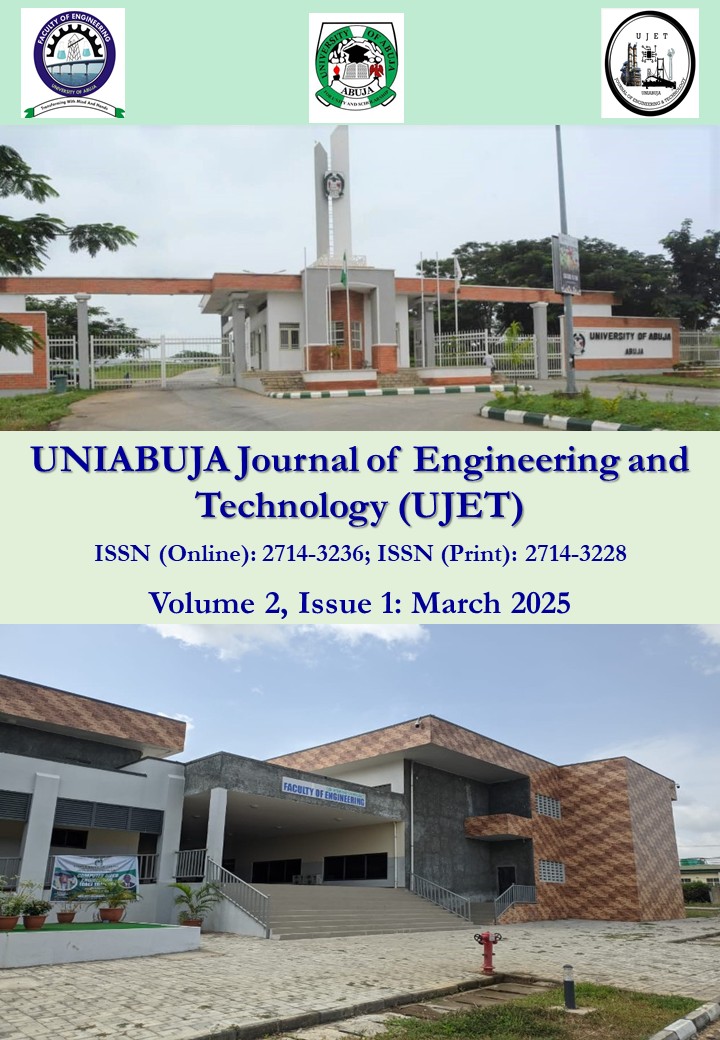A Brief Overview of SWIPT in Wireless Communication Networks
Keywords:
Energy harvesting, Energy efficiency, Resource allocation, SWIPT, ThroughputAbstract
Simultaneous Wireless Information and Power Transfer (SWIPT) which is a Radio Frequency (RF) energy harvesting (EH) technique, allows devices which are energy constrained to harvest energy from sources which are electromagnetic in nature. The harvested energy is required by energy constrained node for information transmission, which plays a crucial role in cooperative communication. SWIPT which has been an area of current research, minimizes the dependence on power grid supplies, making it suited for implementation in cooperative networks because RF signals simultaneously convey wireless energy and information. SWIPT which is an EH technology, in RF wireless communication has been identified as an enabling 5G technology which expands the use and opportunities of internet of things (IoT) and enriches lives to enhance social resilience in order to maximize the potential in cellular networks, since it guarantees remarkably low latency for user communication. Long distance communication can be supported between communicating nodes with the aid of SWIPT, when an energy constrained relay node harvest energy form RF signals it received in order to assist in information transmission from transmitter to receiver in cooperative communication networks. This improves the energy efficiency (EE) and spectrum efficiency (SE) or throughput of wireless communication network. This paper presents an overview of SWIPT in wireless communication network and various procedures to achieve SWIPT.
Downloads
Published
How to Cite
Issue
Section
License
Copyright (c) 2025 UNIABUJA Journal of Engineering and Technology (UJET)

This work is licensed under a Creative Commons Attribution-NonCommercial-ShareAlike 4.0 International License.
